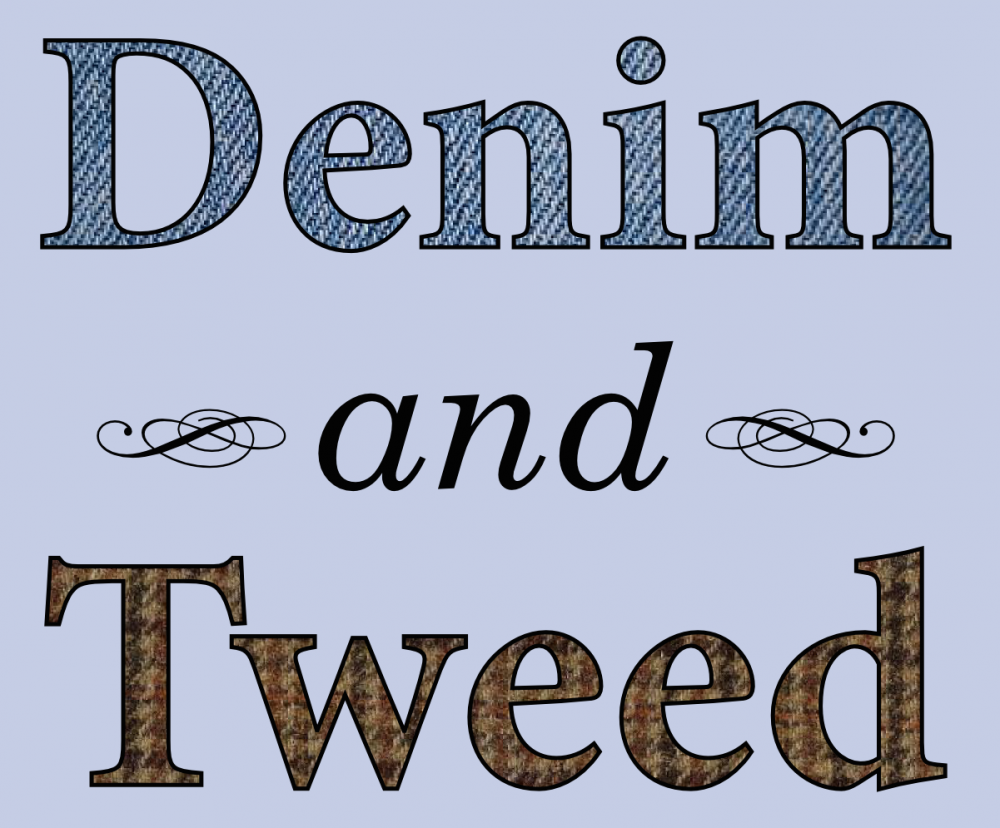I just saw this from Christopher Ryan, coauthor of Sex at Dawn, on Twitter:
Foundational Evolutionary Psychology paper called into serious question. Randy males/choosy females? Maybe not. npr.org/blogs/13.7/201…
— Christopher Ryan (@ChrisRyanPhD) December 13, 2012
As I tweeted in response: er, kinda.
Ryan linked to some new discussion of a study I covered back in June. That paper found a major flaw in a 1948 study of Drosophila fruit flies that was the first to clearly support a component of sexual selection theory — the idea that males maximize their evolutionary fitness (i.e., the number of offspring they sire) by having many mates, but females maximize fitness by selecting just a single “best” mate.
The author of the 1948 study, A.J. Bateman, tracked the parentage of flies in his study — which was necessary to tally the offspring of each male and female fly — using visible “marker” mutations. The new study’s authors, Patricia Gowaty et al., tried to replicate Bateman’s experiment, and discovered that some of the marker mutations were so disabling to the flies that they almost certainly biased Bateman’s results.
That knocks the legs out from under Bateman’s experiment. But it doesn’t really deal a knockout punch to sexual selection, much less to evolutionary psychology. Yes, evo psych (especially the kind that I really despise) tends to default to Bateman’s “randy males/choosy females” model. But evo psych, which is primarily about the recent evolutionary history of human behavior, isn’t the same thing as sexual selection theory, which is about the evolution of mating systems in, well, pretty much anything that reproduces sexually.
And, in fact, new studies with better data do support Bateman’s model for other non-human animals. Just a couple weeks ago, Science published a very thorough study on pronghorn antelope that tracked the interaction of Bateman-style sexual selection and regular old natural selection over a decade. (One of that study’s coauthors, Stacey Dunn, is a personal friend — I’ll be running an interview with her over at The Molecular Ecologist next week.) That work is based on modern genetic markers, which have none of the drawbacks of Bateman’s method.
But all of this is sort of beside the point, as far as the rightness or wrongness of evolutionary psychology goes, since fruit flies and pronghorn aren’t humans. There’s a huge diversity of sexual expression across the animal kingdom, and it’s absurd to think that we can make any particular conclusion about recent human evolution based on what works for insects or ruminants.
If evolutionary psychologists would be wrong to use Bateman’s fruit flies to support a particular hypothesis about human sexuality — and they would be — then those of us who disagree with them don’t have any reason to crow about Bateman’s mistakes.◼
References
Byers, J. & Dunn, S. 2012. Bateman in nature: Predation on offspring reduces the potential for sexual selection. Science, 338: 802–804. doi: 10.1126/science.1224660.
Gowaty, P.A., Kim, Y.-K. & Anderson, W.W. 2012. No evidence of sexual selection in a repetition of Bateman’s classic study of Drosophila melanogaster. Proceedings of the National Academy of Sciences, doi: 10.1073/pnas.1207851109.
 Threespine sticklebacks are a classic case of speciation caused by natural selection. Photo by wolfpix.
Threespine sticklebacks are a classic case of speciation caused by natural selection. Photo by wolfpix.








